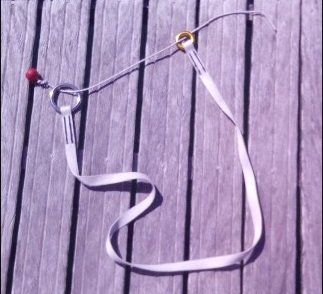BabaYaga
Well-Known Member
I was rather thinking of chafe on a rope that passes other stones or rocks on land or in shallow water before reaching deeper water. Of course, it all depends on what the shore looks like and where a suitable rock to secure to can be found.The normal practice (when securing around rock) is to a use short length of chain.
But there is a lot af movement in a long nylon line, especially with shifting loads and directions.

